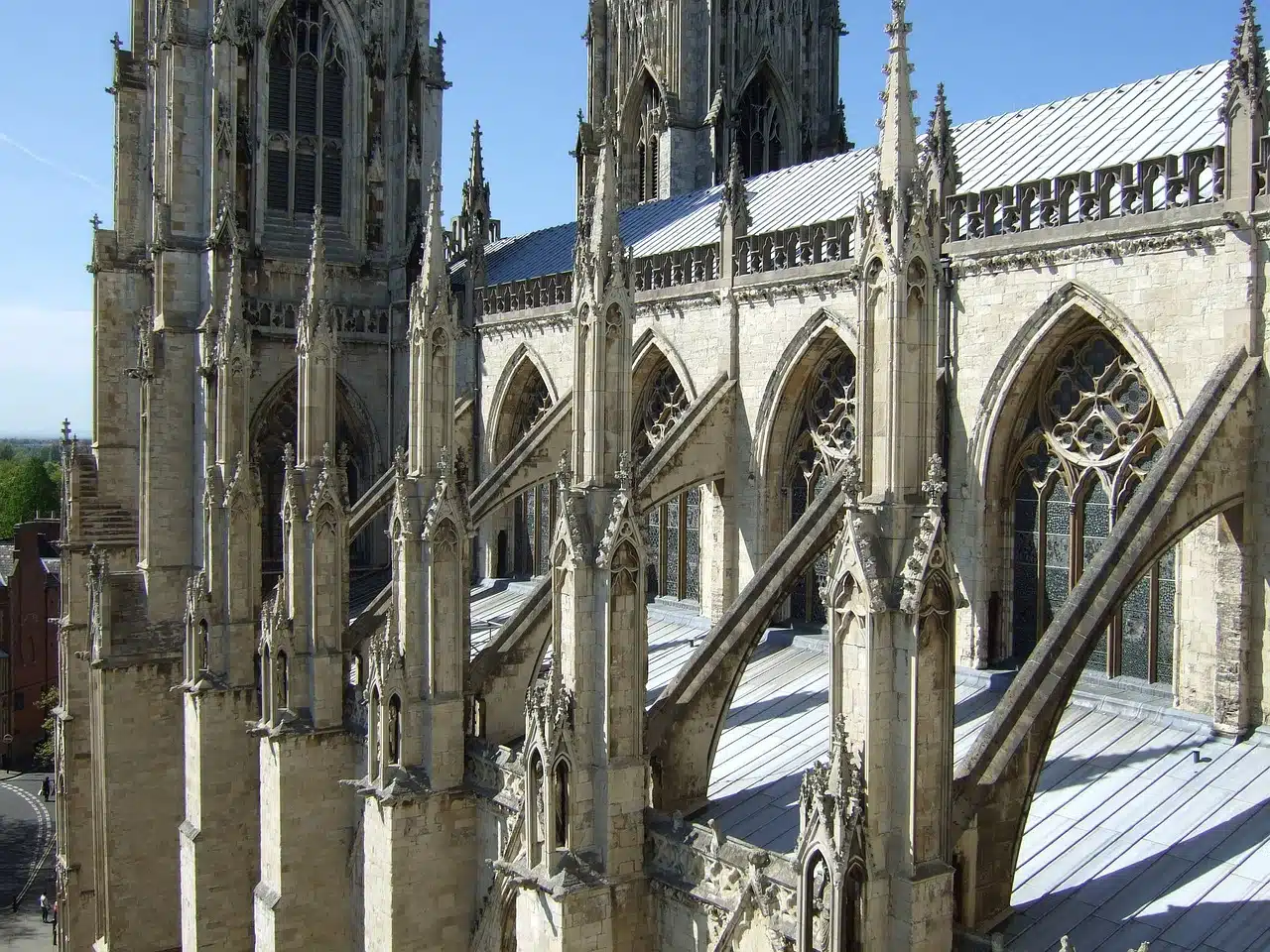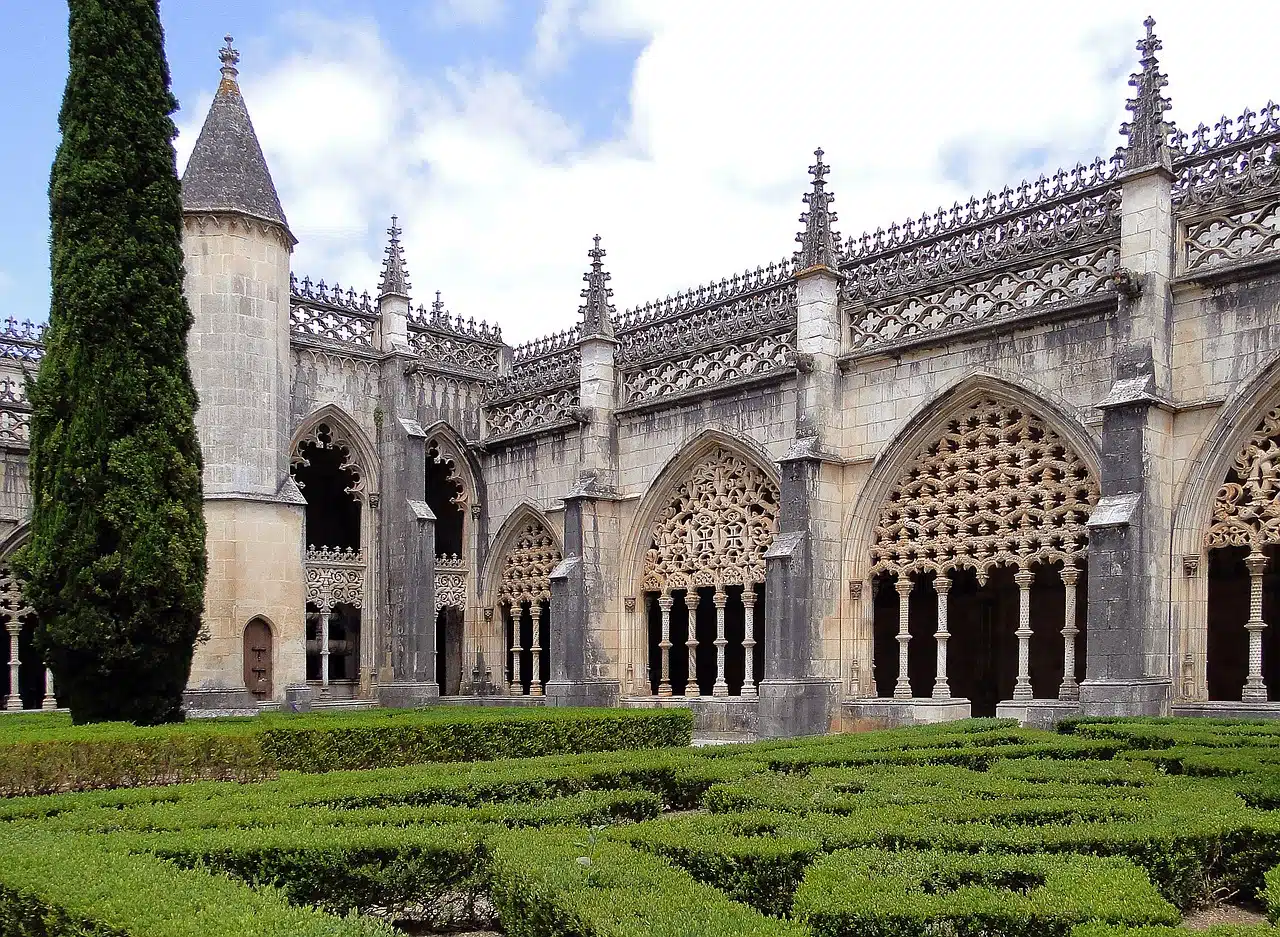
Example of Romanesque buttresses, with their typical buttresses.
Buttress is the strap that is nailed to the shafts of a saddle, where the girth is adjusted. We must clarify that this is just one of the meanings that the dictionary of the Royal Spanish Academy (RAE) mentions for this term.
The buttress, therefore, joins the shafts, which constitute the framework . The girth, meanwhile, is the strap that allows the saddle to be secured on the horse.
Other meanings
Another use of buttress refers to the leather element whose function is to reinforce the heel of a shoe . It is a piece that resists humidity and heat without deforming.
A buttress, on the other hand, is a secondary mountain range : that is, a branch of a main set. The term also refers to the sector of a mountain composed of a secondary ridge supported against a main ridge.
In the military field, a buttress is a fort that stands in front of another . It should be remembered that a fort is a fortified construction that has the necessary defensive resources to resist an offensive .
In architecture
For architecture , finally, the buttress is a reinforcement that is established in the facing of a wall with the aim of increasing its stability . This is achieved by transmitting oblique loads to the foundation. Its structure is attached to the wall vertically, reinforcing it and counteracting the forces of a vault or an arch. It is a technique that has been used for centuries, mainly in Gothic and Romanesque architectural styles, but also in many others, for buildings of various kinds.
The roofs, arches and vaults represent a horizontal load for the building structures; It is to confront it that the buttress arose. The thing is that some of them add a transversal load to the own load of the force of gravity, which affects the wall. The secret is to increase the vertical component , so that the proportion of the remaining components decreases until they do not represent a risk to the stability of the work. Since constructions are made with steel, the buttress is no longer so necessary, because it can be replaced with the use of bars or cables that maintain the integrity of the walls.
Buttress design
The design of the buttress depends largely on the architectural style, but also on the characteristics of the building and any complementary function that you want to give it. Broadly speaking, we can say that there are embedded buttresses that are hidden from view and others that are exterior and can be easily seen. They are generally made of bricks, stones or concrete to ensure their resistance . Speaking specifically of the two aforementioned styles, let's look at their main characteristics:
- The Romanesque buttresses have the appearance of a pilaster (a column or a pillar ) and are attached to the wall on the outside. Its width decreases as it rises;
- The Gothic buttresses are built individually to the wall, and are linked to it using flying buttresses (a half arch) so that the verticality of the building does not suffer.

Note that the width of the Gothic buttress is inversely proportional to its height.
In addition to its physical appearance and its materials, another important point of the buttress design is its layout . This characteristic can be evaluated taking into account the relative position on the faces of the entire work, that is, the surfaces of its walls, both exterior and interior. The external options, in this framework, are the following:
- square angled : in a corner, two buttresses are placed at a right angle;
- cornered : similar to the previous one, but it is a single piece that covers the entire corner;
- French : reinforce the corner by forming a 135-degree angle with each face;
- set back : similar to the first, but the buttresses do not coincide at the vertex of the corner, since they are placed at a certain distance from it.
